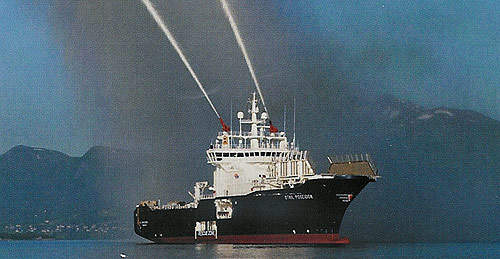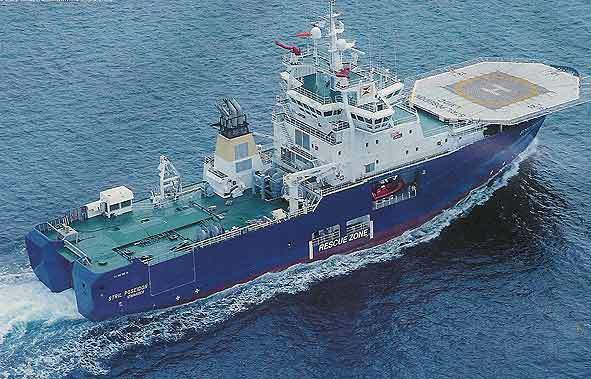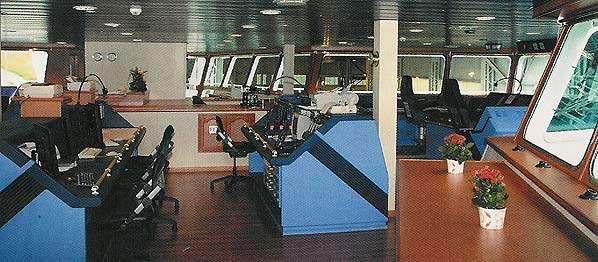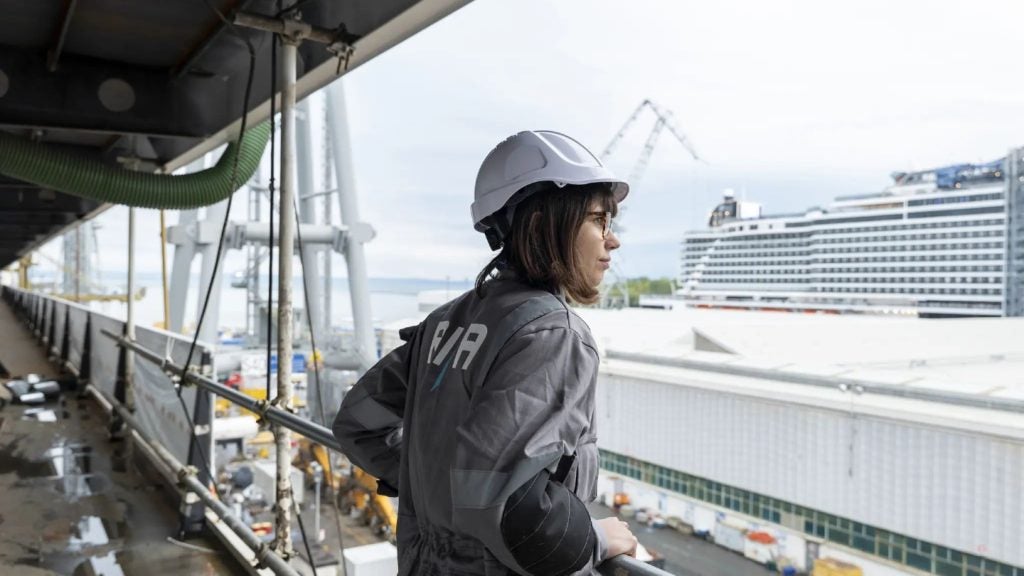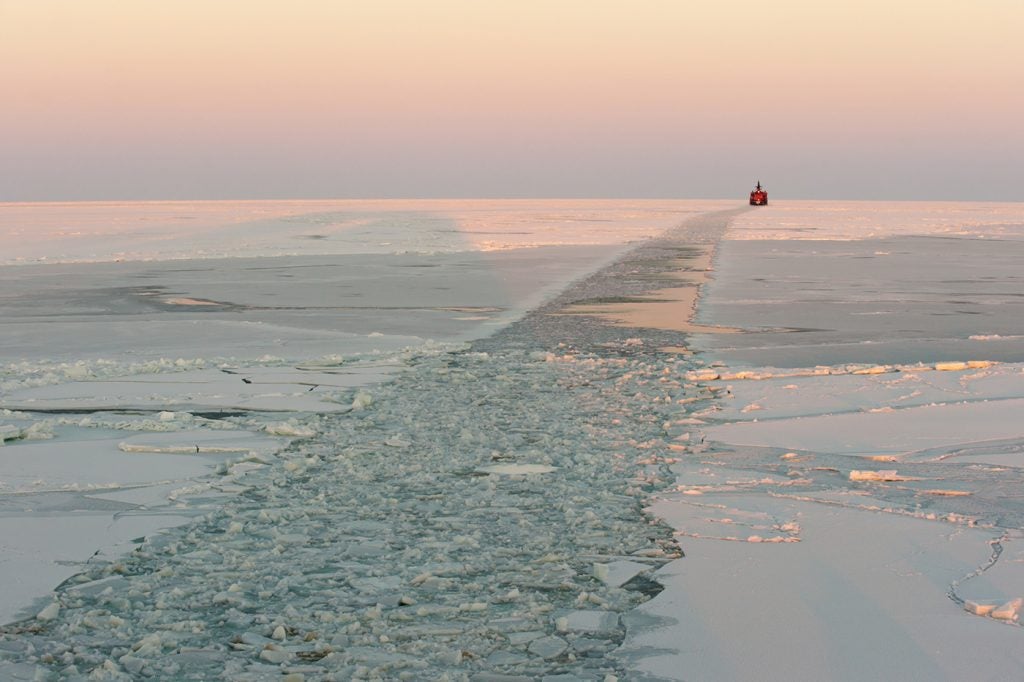The Stril Poseidon was built by Aker Langsten for owner Simon Møkster Shipping in Stavanger. It is a third-generation rapid response rescue vessel, which will be used on Statoil’s Haltenbank fields. The vessel was designed as a co-operation between Vik-Sandvik, Aker and Møkster Shipping.
The Stril Poseidon has an overall length of 91.4m, a length of 78.25m between perpendiculars and a draft of 6.5m. Its beam is 18.2m. The depth to the first deck is 7.5m and 4.5m to the second deck. It registers a deadweight of 2,500t. The funnel is offset and lowered, ensuring an almost 360° view from anywhere on the bridge. The vessel has accommodation for 25 persons as well as a sick bay and a helideck rated for a Super Puma (S92 optional) which makes it possible to secure rapid medical assistance as well as to evacuate people from the vessel if necessary.
It is designed to remain on-station year-round except for annual drydocking for maintenance. The cargo of food and water is loaded when the vessel reaches the offshore platforms. It can be refuelled at sea. The vessel can store up to 1,000m³ of marine diesel oil as well as 250m³ of fresh water and 1,100m³ of ballast water.
FAST RESCUE BOATS
A key feature of the Stril Poseidon is a slipway built into the stern of the vessel, designed for the deployment of a Fast Rescue Daughter Craft (FRDC). This is surrounded by a hatched cover for weather protection and a gate with sliding doors sealing off the stern. This is the first time such a system has been used on a field support/standby vessel.
The vessel has three main rescue boats: an NP-741 Springer, an MP-1111 FRDC WJ and an MP-710 TUG for oilboom towing. The MOB (man overboard boat) is located in its own hanger which is located portside, midships.
Rescue craft up to 9.1m can be housed within the ‘mother vessel’ and deployed from its internal slipway. It can also double as a pickup area for free fall lifeboats so that survivors be can be transferred unaffected by weather conditions outside the ship. The sick-bay is on the same level as the slipway.
RAPID OIL SPILL REACTION
The vessel is equipped with a Transres 150 system, oilbooms and skimmers for instant action on an oil spill. It also carries 50m³ of dispersant. The availability of such equipment offshore rapidly decreases the time necessary to respond to an oil spill incident.
EMERGENCY TOWING
The vessel can carry out emergency towing. The deck machinery includes a 120/250t towing winch, an 8.5m drum, a 22t tugger winch and a 10t capstan as well as a boat recovery winch, There is a 300t shark jaw and a 300t towing pin. The deck crane is rated for 5t at 10m.
ENGINES
The main engines of the Stril Poseidon are two CAT 3612 TA engines at 4,250BkW 1,000rpm. There are also three CAT 3508 BTA, 968BkW 1,800rpm auxiliary engines and a CAT 3306 TA 184BkW 1,800rpm emergency generator. This is linked to a propulsion system consisting of a pair of ACC95 850k units. The vessel also has four ‘super-silent’ Brunvoll thrusters: an 800kW bow thruster, a 1,450kW azimuthing thruster and a pair of 600kW stern thrusters. This gives the vessel a speed of 20knots at a 5.1m draught.
Manoeuvring equipment includes a pair of high-lift spade rudders and steering gear for parallel/split operation. There are also two roll reduction tanks.
CONTROLS
The integrated bridge and dynamic positioning system is supplied by Kongberg/Norcontrol bridgeline.
Stril Poseidon is classified by DNV under the notation +1A1,EO,Tug,SF Autr,Fi-Fi I+II,Clean<Conf,Oil Rec,Helideck SH




